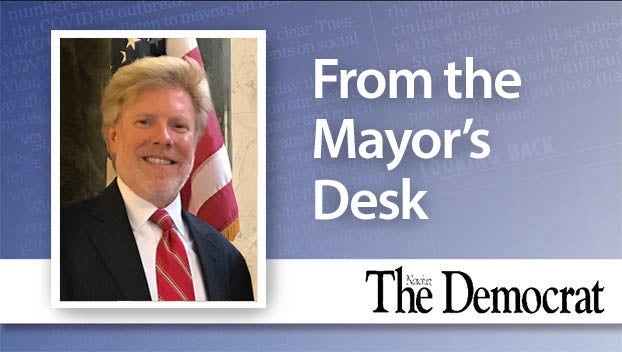Republicans devise Southern strategy
Published 12:14 am Wednesday, October 17, 2018
“Maintenance of Negro voting rights is essential to the GOP,” said Kevin Phillips, advisor to Richard Nixon in the 1968 presidential campaign and acclaimed strategist of “the emerging Republican majority.” The comment was in reference to the Voting Rights Act of 1965, which had provided federal protections for minority suffrage in the South and elsewhere. Were Southern blacks potential Republican voters? An electoral boon for a party that had lost seven of the previous nine presidential elections? Phillips knew better.
“From now on,” he acknowledged, “the Republicans are never going to get more than 10 to 20 percent of the Negro vote.” And to emerge as the new majority party, he said, Republicans “don’t need any more than that.” It wasn’t needed because, “The more Negroes who register as Democrats in the South, the sooner the Negrophobe whites will quit the Democrats and become Republicans.”
In other words, black votes were “essential to the GOP” because they would trigger a white backlash, one that would translate into two white Republican votes for every one black Democratic vote. Therefore, for the time being, limiting the black vote would be “shortsighted,” Phillips said. Left unsaid was that once Southern white loyalty to the Republicans was assured, a return to black voter suppression (as pioneered by Jim Crow era Southern Democrats) would remain an option. The point was power, not principle.
Certainly, race was not the only factor explaining Republicans’ gains in the South. Again, the New Deal and wartime mobilization had pumped a massive federal stimulus into the region, prompting a transformation of its economy. In the newly emerging “Sunbelt” (a term Phillips coined), even by the 1950’s many in the expanding middle-class began to do what their class-cousins in the North had naturally been doing since the 1850s — vote for the pro-business Republicans. And beginning in the ’70s, cultural/religious issues would undeniably become important.
However, the primacy of race simply cannot be denied. In the late ’40s and ’50s, as Democrats (northerners, at least) slowly began to adopt a more hands-on approach to resolving black-white problems, the Republicans’ comparatively hands-off approach to state-level racial matters was crucial to their gains in the South. But in the late ’60s, as Phillips explained, the party took on race more directly — not to attempt to heal racial divisions, but to exploit them for political gain.
Note that he said, “Negrophobe whites … will become Republican.” Not just “whites.” The mark of a Negro-“phobe” is not merely a pose of superiority over blacks, but a fear of them. And a phobia is not simply a fear, but an irrationally exaggerated fear. In this case, one that had been deliberately cultivated over the course of the previous 300 years, and now, would be cultivated again. The Republican Party would have become competitive in the South based on economic issues alone, but only by tapping into white paranoia could it make the South as solidly Republican as it had once been Democratic. The South’s robotic Yellow Dog Democrats were fading, but they would rise from the dead as zombiefied Yellow Dog Republicans.
But also note that, as Republicans, Southerners would shun the northeastern liberal wing of the party, allying instead with the party’s arch-conservatives. Meaning that, as the Republicans took control of the Presidency, Phillips predicted, Southern-fortified conservatives would be taking firm control of the Party.
Which posed a question. Was the essence of this ongoing process the Republicanization of the South, or the southernization of Republicanism? And, for that matter, the southernization of all American politics? That’s for next time.
JIM WIGGINS is a retired Copiah-Lincoln Community College history instructor.





